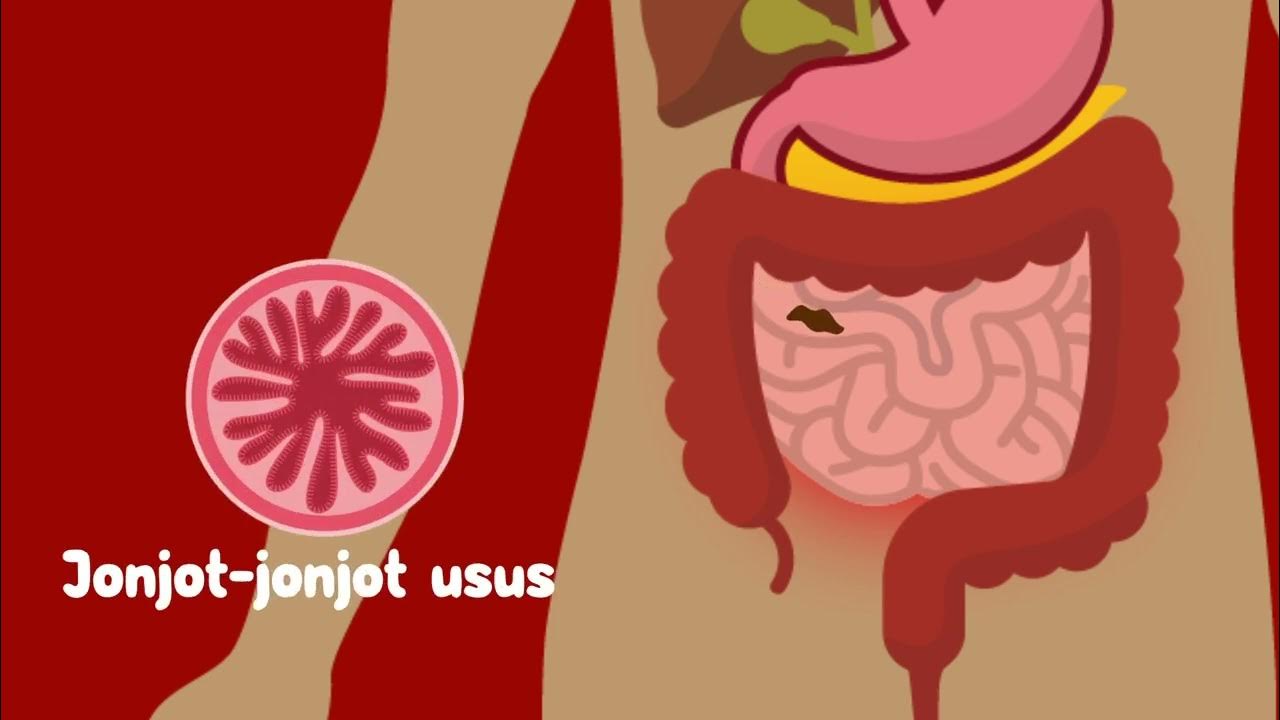Action of saliva on starch | Digestion | Biology
Summary
TLDRThis video explores the crucial role of saliva in the digestive process. It begins by explaining how digestion starts in the mouth, with chewing and the mixing of saliva to form a bolus. Through an experiment, viewers see how saliva, containing the enzyme amylase, breaks down starch into sugar molecules, turning the iodine-treated solution white. The video highlights the importance of saliva in converting starch, a glucose polymer, into absorbable sugars, which the body uses for energy, demonstrating the essential function of enzymes in digestion.
Takeaways
- 😀 The process of digestion starts in the mouth when food is chewed and mixed with saliva.
- 😀 Saliva helps convert food into a bolus, which is easier to swallow and digest.
- 😀 Saliva plays a crucial role in breaking down food, especially starch, into simpler forms.
- 😀 An experiment with starch solution and iodine demonstrates the effect of saliva on starch digestion.
- 😀 When saliva is added to starch solution, it breaks down the starch into small sugar molecules.
- 😀 After 30 minutes, the solution with saliva fades from purple to white, indicating the conversion of starch to sugar.
- 😀 The iodine test shows that starch (a polymer of glucose) turns purple, but the sugar molecules do not react in the same way.
- 😀 Saliva contains the enzyme amylase, which helps break down starch into sugar.
- 😀 Starch must be broken down into glucose before it can be absorbed by the body.
- 😀 The salivary glands produce saliva, which is located just below the tongue, contributing to digestion.
- 😀 The conversion of starch into sugar is essential for the body to assimilate nutrients from food.
Q & A
What is the role of saliva in digestion?
-Saliva helps break down food, particularly starch, through an enzyme called amylase, which converts starch into simpler sugars. It also helps form a bolus, making it easier to swallow.
What happens in the mouth during the digestion process?
-In the mouth, chewing breaks food into smaller pieces, and saliva mixes with the food to form a bolus. Saliva contains enzymes, such as amylase, that begin breaking down starch into simpler sugars.
What does the experiment with starch and iodine demonstrate?
-The experiment shows how saliva, specifically the amylase enzyme, breaks down starch into smaller sugar molecules. When iodine is added to the solution, the starch solution without saliva turns purple, while the solution with saliva turns white as the starch is digested.
Why does the solution with saliva turn white after adding iodine?
-The solution with saliva turns white because the amylase enzyme in the saliva breaks down the starch into glucose, which no longer reacts with the iodine to turn purple.
Why does iodine turn purple when added to starch solution?
-Iodine turns purple when it reacts with starch. Starch is a polysaccharide made of glucose molecules, and iodine forms a complex with the starch molecules, producing a purple color.
What is the significance of starch being a polymer of glucose?
-Starch is a polymer made up of glucose molecules. The body cannot absorb starch directly, so it must be broken down into simpler sugars, like glucose, by enzymes like amylase before it can be used by the body.
What is amylase, and how does it function in digestion?
-Amylase is an enzyme found in saliva that breaks down starch into simpler sugars, such as maltose. This process begins in the mouth, making the food easier to digest and absorb.
Where are salivary glands located, and what do they produce?
-Salivary glands are located just below the tongue and produce saliva, which contains enzymes like amylase to assist in the digestion of food, especially starch.
What happens to starch if it is not broken down by amylase?
-If starch is not broken down by amylase, it remains in its polymer form and cannot be absorbed by the body. It must be digested into glucose before it can be used for energy.
Why does the solution without saliva remain purple after adding iodine?
-The solution without saliva remains purple because the starch has not been broken down by amylase. The iodine reacts with the starch molecules, causing the purple color to persist.
Outlines

Dieser Bereich ist nur für Premium-Benutzer verfügbar. Bitte führen Sie ein Upgrade durch, um auf diesen Abschnitt zuzugreifen.
Upgrade durchführenMindmap

Dieser Bereich ist nur für Premium-Benutzer verfügbar. Bitte führen Sie ein Upgrade durch, um auf diesen Abschnitt zuzugreifen.
Upgrade durchführenKeywords

Dieser Bereich ist nur für Premium-Benutzer verfügbar. Bitte führen Sie ein Upgrade durch, um auf diesen Abschnitt zuzugreifen.
Upgrade durchführenHighlights

Dieser Bereich ist nur für Premium-Benutzer verfügbar. Bitte führen Sie ein Upgrade durch, um auf diesen Abschnitt zuzugreifen.
Upgrade durchführenTranscripts

Dieser Bereich ist nur für Premium-Benutzer verfügbar. Bitte führen Sie ein Upgrade durch, um auf diesen Abschnitt zuzugreifen.
Upgrade durchführen5.0 / 5 (0 votes)






